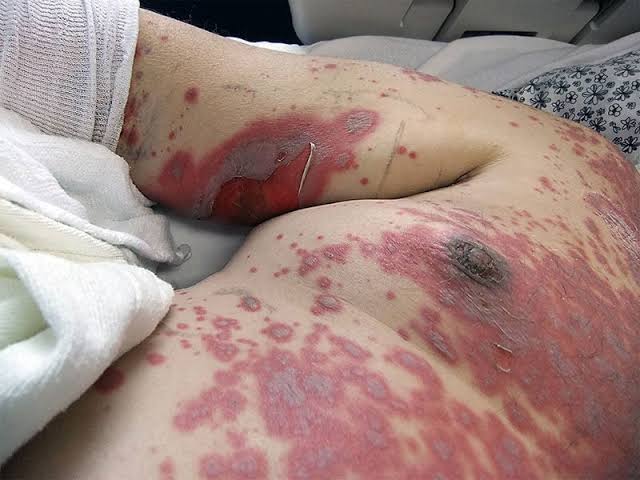Overview:
Local preparations of vitamin D 3 typically come in the form of ointments, creams, or lotions designed for topical application. These preparations are formulated to deliver vitamin D directly to the skin, where it can be absorbed and utilized by the body. Vitamin D ointments are commonly used to treat conditions such as psoriasis, eczema, and other skin disorders, as well as to support overall skin health.

Uses of Local Vitamin D3 Preparations :
• Psoriasis Treatment:
- Vitamin D3 ointments effectively regulate skin cell growth and reduce inflammation, alleviating symptoms of psoriasis such as redness and scaling.
• Eczema Management:
- Topical application of vitamin D3 helps soothe irritated skin, improve barrier function, and reduce itching and redness associated with eczema.
• Ichthyosis :
- Vitamin D3 ointments moisturize and soften thickened, scaly skin characteristic of ichthyosis, improving skin texture and reducing discomfort.
• Vitiligo :
- Vitamin D3 may help repigment areas of depigmented skin in vitiligo patients, promoting melanocyte function and melanin production.
• Acne Control:
- Local vitamin D3 preparations exhibit anti-inflammatory properties that can help reduce acne lesions and regulate sebum production, improving acne symptoms.
Precautions to be taken:
• Avoid Sun Exposure:
While vitamin D is essential for skin health, excessive sun exposure can increase the risk of skin damage and skin cancer. It’s important to use sunscreen and protective clothing when outdoors, especially when using vitamin D ointments that may increase sensitivity to sunlight.
• Consultation with Dermatologist:
Before using topical vitamin D preparations, individuals should consult with a dermatologist or healthcare provider, especially if they have pre-existing skin conditions or are taking other medications. A healthcare professional can provide personalized recommendations and monitor treatment progress.
• Dose and Frequency:
The recommended dose and frequency of application of vitamin D ointments may vary depending on the severity of the skin condition being treated and individual response to treatment. It’s important to follow the instructions provided by the healthcare provider or product label and avoid exceeding the recommended dosage.
• Side Effects:
Skin Irritation :
Some individuals may experience mild skin irritation, redness, or itching at the site of application when using vitamin D ointments. These side effects are usually temporary and can be managed by reducing the frequency of application or using a milder formulation.
Photosensitivity
Topical vitamin D preparations may increase sensitivity to sunlight, leading to a higher risk of sunburn or skin irritation. It’s important to use sunscreen and protective clothing when outdoors and limit sun exposure during treatment with vitamin D 3 Cream /ointments.
Top Preparations
- Dovonex (Calcipotriene) Ointment
- Taclonex (Calcipotriene and Betamethasone) Ointment
- Enstilar (Calcipotriene and Betamethasone) Foam
- Vectical (Calcitriol) Ointment
Summary:
Local preparations of vitamin D 3 Cream, such as ointments and creams, offer targeted treatment options for various skin conditions and support overall skin health.


Pingback: Common Health Conditions - Modern Health
Pingback: Rhinophyma: Causes, Symptoms, and Treatment - Modern HealthMe